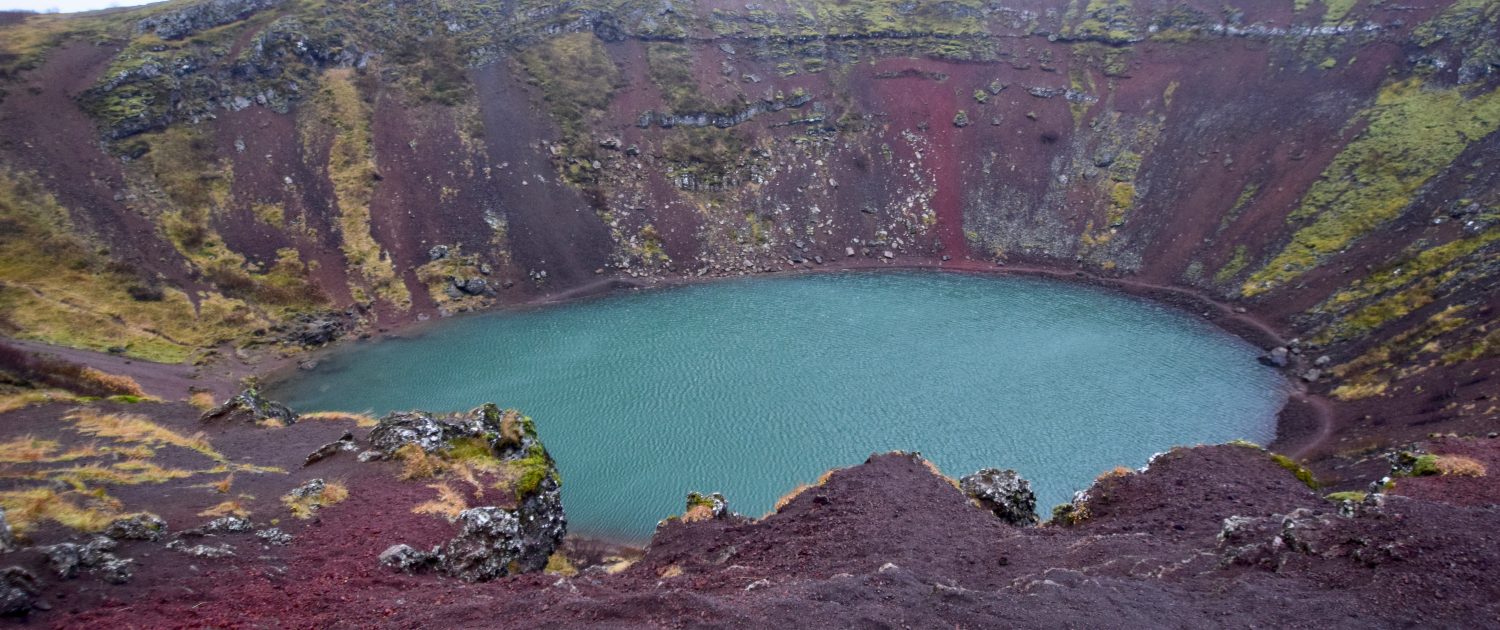Reducing the impacts of earthquakes and volcanoes
Responses to earthquakes and volcanic eruptions can be short-term, such as emergency aid, and long-term, including improving hazard prediction and preparation.
Several things can be done to make living in active zones safer, including:
- Predicting and forecasting earthquakes and volcanoes using technology and historical data. This is more effective for volcanic eruptions than earthquakes.
- Taking steps to prepare for a hazard event. The Seattle Times has an excellent guide to preparing for an earthquake.
- Having an emergency response in place in the event of an earthquake or volcanic eruption, including stockpiling emergency supplies of tents, food, water and blankets.
- Emergency drills for people at home and work and ensuring appropriate training is provided to emergency response teams. Disaster Prevention Day is held on 1st September in Japan. On Disaster Prevention Day emergency drills organised by local governments are held throughout the country. Some of these drills consist of ducking under desks to escape falling objects and evacuating from buildings.
- Mapping areas of high-risk, identifying locations at risk of pyroclastic flows, lahars, landslips and liquefaction and ensuring these areas are not used for building.
- Ensuring high construction standards so that buildings are constructed to be able to withstand earthquakes.
There are several ways scientists can help predict and prepare for volcanic eruptions. As magma rises within a volcano, seismometers can be used to record earth tremors. As a volcano becomes increasingly active, the occurrence of earthquakes will increase and indicate that the volcano may erupt. In addition to this, volcanoes can change shape as magma rises within. Tilt metres can be used to detect changes in the shape of a volcano providing an early warning indicator.
The movement of magma towards the surface can cause subtle increases in temperature that can be identified through the use of thermometers.
As volcanoes become more active, they can release increasing volumes of gases. Gas sensors on the surface and in specialised aircraft (including drones) can monitor volcanic activity.
Satellite photographs can be used to monitor changes in the shape of a volcano, gas levels and increases in temperature.
Check your understanding
Reducing the impacts of earthquakes and volcanoes
Related Topics
Use the images below to explore related GeoTopics.


